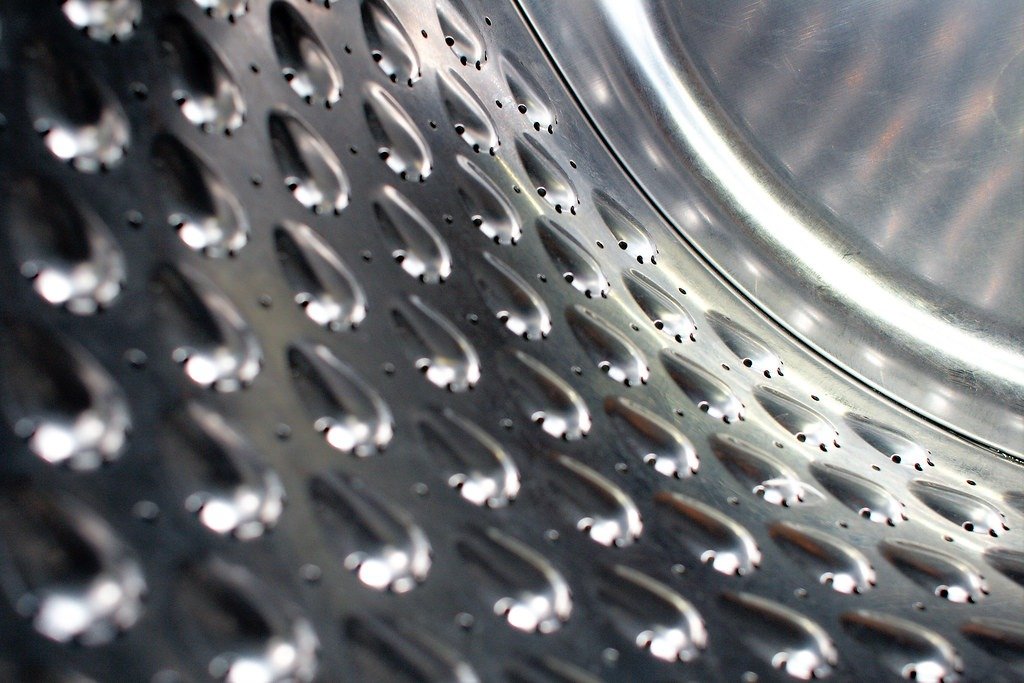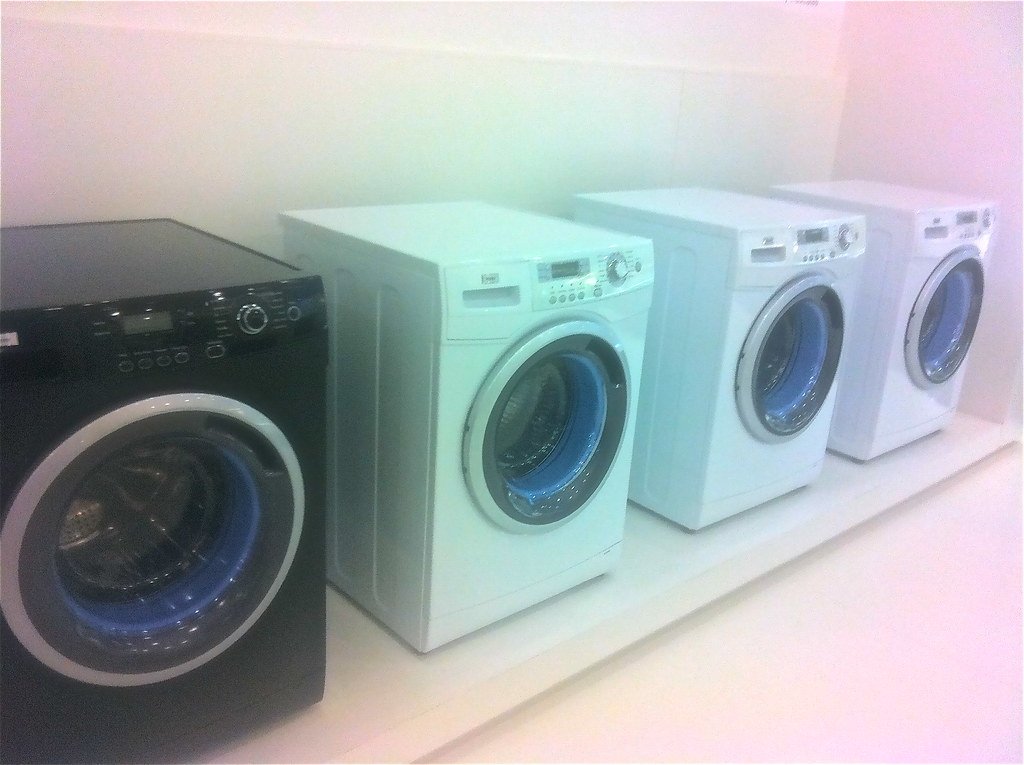
Vacuuming is essential to creating and maintaining a healthy home environment, with studies showing it reduces asthma and allergy symptoms.
Clean and disinfect your vacuum cleaner regularly using an alcohol-based disinfectant like isopropyl alcohol for maximum results.
Check with the manufacturer’s guidelines to disinfect and cleanse all removable parts such as bags, filters, hoses, brush rolls and other removable pieces.
Clean the Brush Roll
According to your household’s cleaning needs and type of debris encountered by your vacuum, regular brush roll maintenance is recommended at least every 1-3 months. Doing so helps lower risk of clogs while prolonging lifespan of the brush roll itself as well as improving airflow within your vacuum for greater suction power and improved cleaning efficiency.
For proper brush roller maintenance, first remove any visible debris or tangled hair clinging to its bristles. Use scissors or seam rippers to cut through stringy material without damaging your vacuum’s bristles or other parts. In addition, using a cleaning solution may help break down stubborn dirt or grime on your brush roll – be sure to follow manufacturer guidelines when applying and rinsing any cleaning solutions available on the market.
Vinegar is an effective, cost-efficient cleaning agent that can help disinfect and sanitize the vacuum cleaner brush roll. Vinegar’s acetic acid content acts as mycobactericidal, killing household germs that might otherwise linger on its brushes and bristles. Simply apply some diluted vinegar on a cloth and rub against it against the toothbrush roll, or submerge in warm water for fast and simple cleaning!
Clean the Filter
Filters in vacuum cleaners capture dust, hair and small particles; when these filters become clogged up with debris or lose suction power altogether. Cleaning them on an ongoing basis will keep them operating at optimal performance and ensure maximum filter life span.
Vacuum cleaners come equipped with different filters depending on the size and type of room being cleaned. Foam and paper filters can be cleaned easily by soaking in soapy water while HEPA filters should only be washed when instructed by their manual.
To clean a foam vacuum filter, first unplug the machine for safety purposes and remove the filter from its canister or designated compartment and place it in a bowl of warm water with some mild soap dissolved into it. Gently agitate this solution into the filter to cover every crevice of dirt and dust in it before leaving it for several minutes to soak before rinsing with clean water before air drying it before installing back in its place.
Paper vacuum filters can be easily maintained with the aid of a dampened paper towel and clean water, and lightly brushed using a soft bristled toothbrush to remove stubborn dust or debris from their filter. In contrast to HEPA filters, which require periodic replacement due to their difficulty of washing multiple times before being suitable for reuse, paper and foam filters are much simpler and faster for you to keep clean than their counterparts.
Replace the Bag
Change your bag regularly is a simple yet often neglected task. Even though many vacuums come equipped with indicators to inform users when their bag is full or not, replacing it regularly to keep your cleaner operating optimally and protect air quality in your home or office. A filter bag acts as a filter by trapping dust particles before they escape back into the atmosphere; doing this keeps air safe to breathe while simultaneously contributing to improving its quality and improving indoor environments.
When emptying the bag, make sure it’s done outdoors to limit dust and debris release. Be sure to use an appropriate size and type of bag; failing to do so could result in your vacuum losing its suction power. It is advisable to empty it as soon as it fills up; waiting too long will reduce its efficiency further and could result in the contents escaping again into the air cleaner.
To avoid this situation, some models of vacuum cleaners feature sensors that alert users when their bag is close to being full. When that occurs, simply open up the base and dispose of its contents into your trash receptacle. After emptying out your bag, close and resecure any clips or switches holding onto its former position before installing your new bag in its designated slot according to any instructions that came with your model for optimal placement.
Clean the Motor
A vacuum’s motor provides its suction power, enabling it to remove dust and allergens from your home or office through air flow through its tube. Regular maintenance helps your machine remain efficient at doing its job – thus helping reduce dust and allergen levels in your environment. A dirty motor could lead your vacuum to overheat and shut off unexpectedly.
Before beginning cleaning your vacuum cleaner, gather all necessary supplies such as a screwdriver and replacement parts (if applicable), pipe cleaning brush (brush or pipe cleaner), scissors to cut any threads preventing the rotating brush from spinning freely, compressed air can and microfiber rag or paper towel for wiping off any remaining water from interior components of vacuum cleaner, microfiber rag for wiping down surfaces to absorb residual liquid, as well as screws/clips to easily locate later. Take apart your machine, placing screws/clips where they will easily find them later when taking apart. Take apart your vacuum cleaner so that screws/clips/binges can easily find their places later when cleaning begins. Take apart your machine, placing screws/clips aside where they can easily find them later when disassembling; set them aside where they will easily find their places once disassembled components so they can later. Take apart your vacuum, setting aside where they will easily locate easily later. Take apart your vacuum, while placing screws/clips where they will easily find later so that when taking apart you dismantle/assemble to complete. Dismantle/clips can later easily be found later after disassemble is dismantled before taking aparting it dismantling so as to put away screws/clips wherever they will easily find later. Take apart and put together again so as you’re quickly so putting away before dismantle/eassemble your device where screws/clips will easily find out of course! Take apart and set aside where you can easily find out when needed later for later when disassembling it can easily find all components separated out by setting aside where screws/clips will easily find later as you take apart & – put out from all parts into separate it together before taking apart when needed and put away for later.
If your vacuum smells of burning rubber, this could be indicative of hair or debris blocking its rotating floor brush from spinning effectively and contributing to its smell. Simply clean this area to eliminate this smell and restore its efficiency.
Motor, hose and non-motorized attachments should be thoroughly washed in warm, soapy water in either the bathtub or sink, leaving each part to soak for 20-30 minutes before carefully using an old toothbrush or soft bristled piece of fabric to scrub any stuck-on grime away. Rinse and dry all components on absorbent towels overnight before reassembling your vacuum cleaner.

